Anecdotes and other notes from the U-M Special Collections Research Center.
Beyond the Reading Room
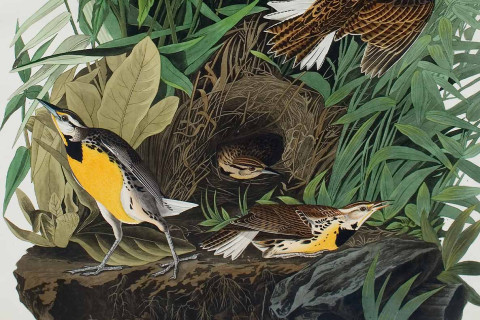
Posts in Beyond the Reading Room
Showing 231 - 240 of 391 items
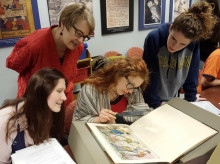
- Juli McLoone
In January of 2016, Professor Susan Siegfried reached out to Pablo Alvarez and myself with a proposal: a class focused on 19th century color plate books, tightly focused on the use of original materials, with weekly meetings in Special Collections and out-of-class assignments, drawing heavily on the private collection of Dr. James Ravin, MD, of Toledo. Would we facilitate such an endeavor? Could we?
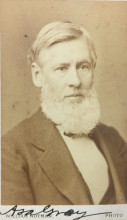
- Eric Gregory Morgel
In this post, student Eric Morgel provides a brief overview of Asa Gray's foundational purchase of materials for the University Library.

- Elizabeth Nicole Settoducato
A pop-up exhibit (or rare book meet and greet, as we later came to call them) is an informal, short-term display of Special Collections materials. We take our items outside of the Reading Room because we want as many people as possible to engage with our collections and ask our staff questions. This year, we held six of these exhibits in three locations within the Hatcher & Shapiro Libraries and we're excited to tell you what we've learned from a year of ephemeral events.
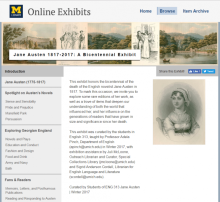
- Juli McLoone
The Special Collections Library is pleased to announce a new online exhibit: Jane Austen 1817-2017: A Bicentennial Exhibit. This exhibit honoring the 200th anniversary of Jane Austen's death was curated during Winter Term 2017 by students in English 313, taught by Professor Adela Pinch, Department of English, with exhibition assistance by Juli McLoone, Outreach Librarian and Curator, Special Collections Library, and Sigrid Anderson Cordell, Librarian for English Language and Literature.
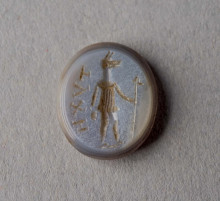
- Pablo Alvarez
I am pleased to showcase a student critique of the current exhibit, The Art and Science of Healing: From Antiquity to the Renaissance. Students of professor Aileen Das' class, Ancient Medicine in Greece & Rome, visited this exhibit at the Kelsey Museum of Archaeology last February. They were assigned with the fascinating task of examining this display from various angles, not only from the perspective of the visitor but, more interestingly, also from the view of the exhibit curator. As I guided their visits, I tried to reconstruct for them the different stages involved in the making of this exhibit, from the original idea that I probably wrote on a piece of napkin, to the aesthetics of the display room and the painful selection of the witnesses of the story I wanted to tell: the artifacts themselves! But let us now hear Shannon's critical reaction:

- Elizabeth Nicole Settoducato
The University of Michgan has a long history of student activism on campus, particularly around antiwar movements. An especially significant event was the Feburary 1970 protest against General Electric recruiting engineers on campus. The Labadie Collection’s Subject Vertical Files has documentation of this event which helps us understand the contexts of student activism in the past and present.
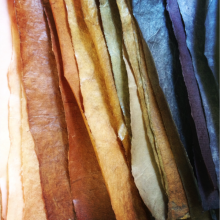
- Evyn Kropf
Join us at 1 pm this Thursday (30th March) in the Hatcher Library Gallery for a lecture and demonstration with papermaker and artist Radha Pandey.
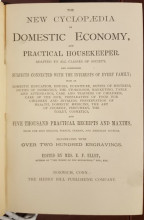
- Juli McLoone
For the past two years, the Special Collections Library has celebrated Pi Day (3/14) by sharing pie recipes from the Janice Bluestein Longone Culinary Archive (JBLCA). This year, we bring you a pair of pies from The new cyclopaedia of domestic economy and practical housekeeper...(1872), edited by Elizabeth Fries Ellet.

- Pablo Alvarez
We are pleased to announce the opening of a new exhibit from the Special Collections Library. It includes an extraordinary selection of magical, religious, and medical artifacts held at Special Collections, the Papyrology Collection, and the Kelsey Museum of Archaeology. These objects are an extraordinary evidence of how people coped with physical and mental ailments from antiquity through the Middle Ages and the Renaissance.
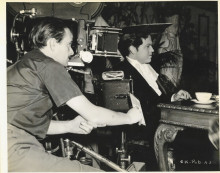
- Philip A Hallman
Join us next Monday (30th January) for a lecture with Harlan Lebo, author of Citizen Kane: A Filmmaker's Journey.